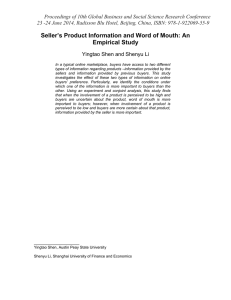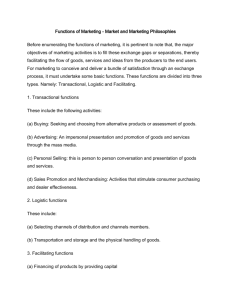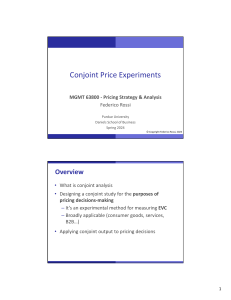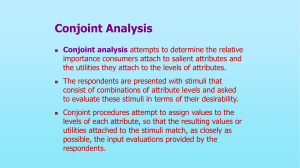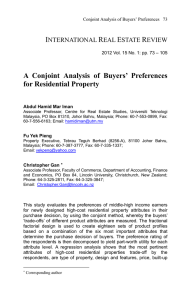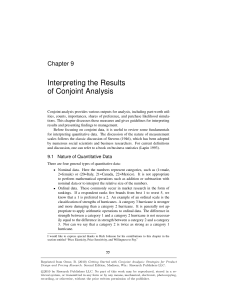A conjoint analysis of buyers’ preferences for residential property Abstract
advertisement
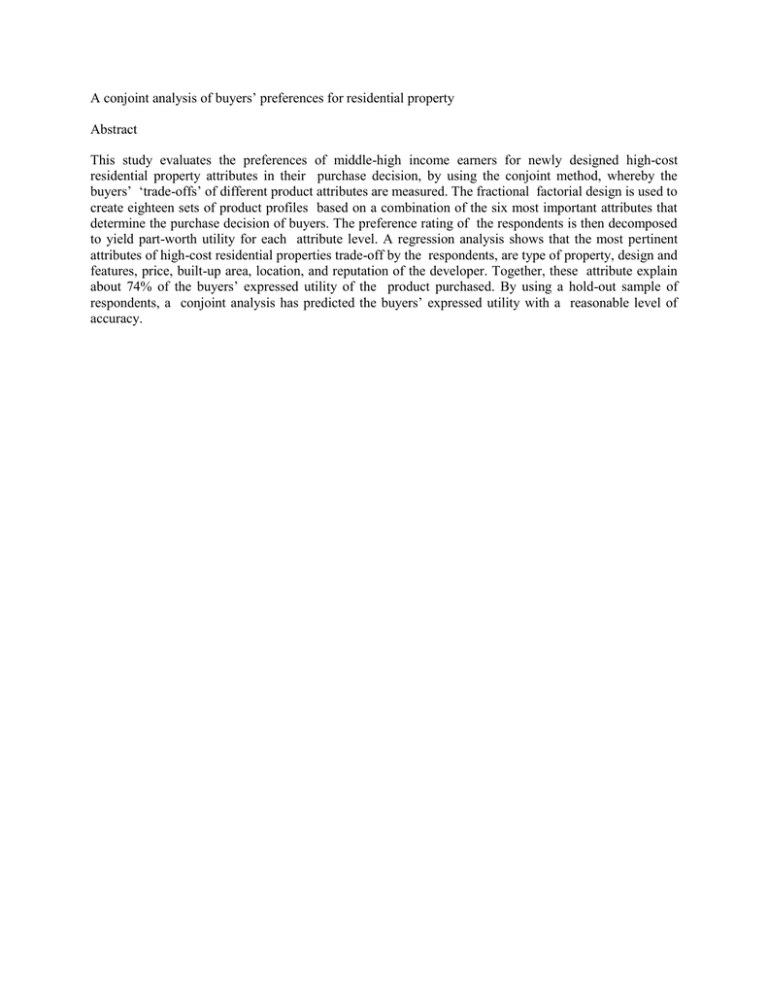
A conjoint analysis of buyers’ preferences for residential property Abstract This study evaluates the preferences of middle-high income earners for newly designed high-cost residential property attributes in their purchase decision, by using the conjoint method, whereby the buyers’ ‘trade-offs’ of different product attributes are measured. The fractional factorial design is used to create eighteen sets of product profiles based on a combination of the six most important attributes that determine the purchase decision of buyers. The preference rating of the respondents is then decomposed to yield part-worth utility for each attribute level. A regression analysis shows that the most pertinent attributes of high-cost residential properties trade-off by the respondents, are type of property, design and features, price, built-up area, location, and reputation of the developer. Together, these attribute explain about 74% of the buyers’ expressed utility of the product purchased. By using a hold-out sample of respondents, a conjoint analysis has predicted the buyers’ expressed utility with a reasonable level of accuracy.
